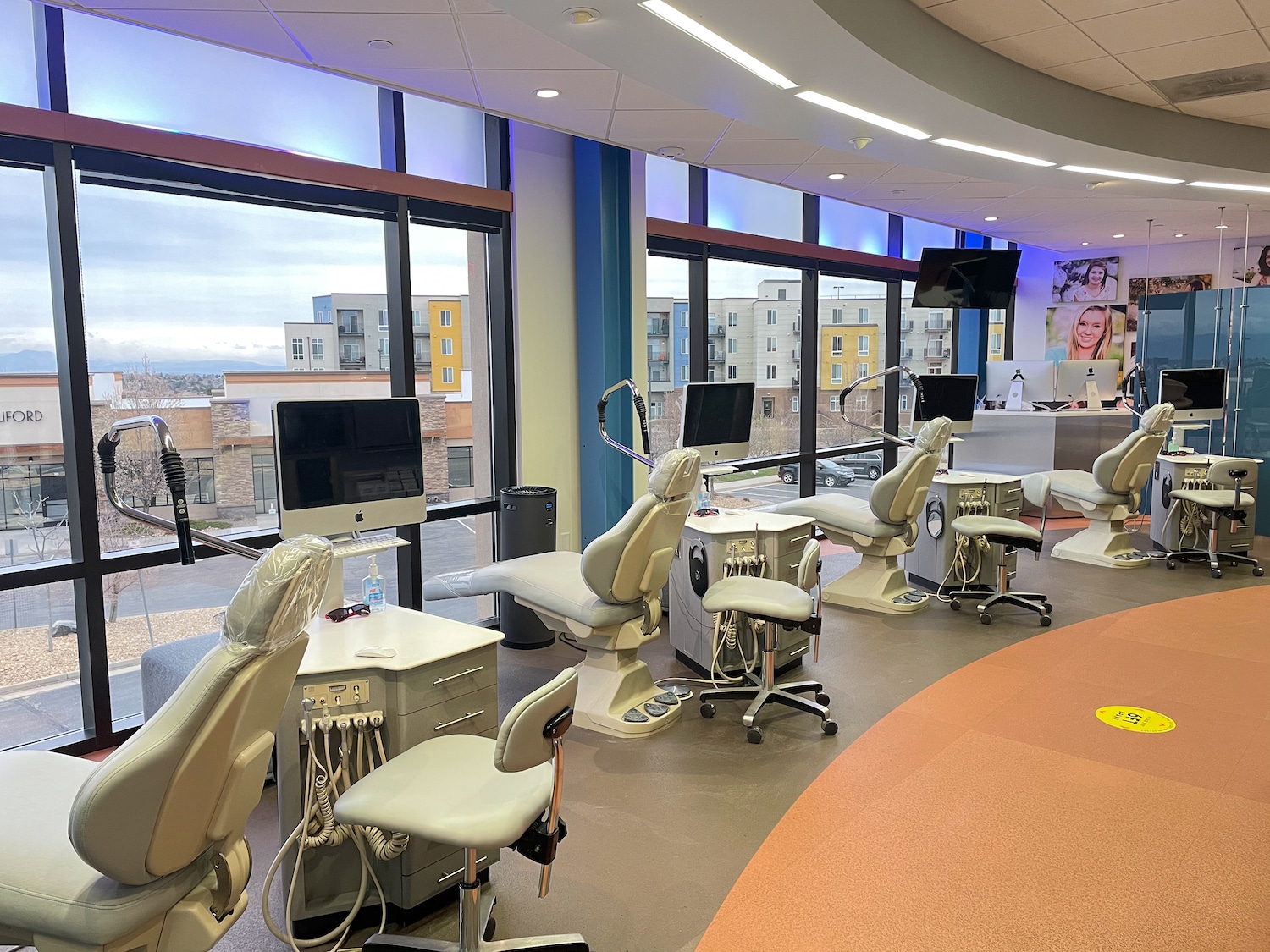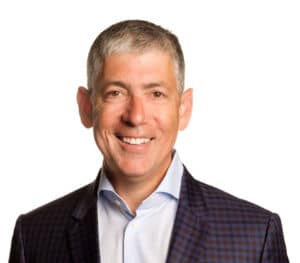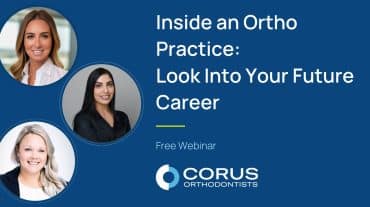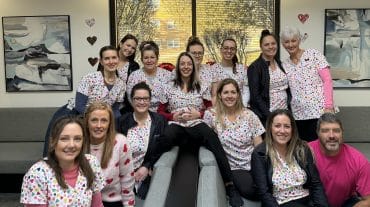
No orthodontist would ever take a one-size-fits-all approach to treating patients in their practice. Likewise, orthodontists shouldn’t consider all dental support organizations (DSOs) — or orthodontic service organizations (OSOs) — to be exactly the same.
Although DSO models have been around for years, they’ve evolved quite significantly, offering more options to orthodontists than ever before.
The basics of DSO models
The basic premise of all DSOs is the same: the organization enters into a contract to provide a dental or orthodontic practice with business support services such as accounting, IT, human resources, payroll, tax services and marketing.
In turn, the doctor, as the original owner of the practice, will stand to gain both operationally and financially. The DSO helps manage some of the business parts of the practice so the orthodontists can focus on the clinical/patient care side of the practice.
As DSOs have grown in size and number, so have the various DSO models available, and the options can take time to understand fully — especially with demanding orthodontic schedules.
When comparing DSOs, look for potential differentiators that could fit your practice’s needs and values more than others. These could include:
|
“It’s an age-old dilemma. You’re either working in the business or on the business, and it’s hard to find time for both,” as Corus Founder, Dr. Paul Helpard explains. “When you’ve got a family at home, a busy practice and non-stop priorities, it’s understandable that taking time to dig into the administrative and business growth options can be overwhelming.
“I speak with fellow orthodontists from across the U.S. and Canada who are looking to get practical information that addresses their challenges from their perspective. So that is our approach to working together to decide if Corus is the right DSO model for them.”
Here are key differences between some common DSO models.
DSO model 1: Traditional DSO
Most traditional DSOs are financed, owned and controlled by private equity investors rather than orthodontists. After selling their practice to a DSO, doctors typically stay on as associates and work on a day rate or a percentage of billings.
The DSO usually holds the leases, owns the dental equipment and intellectual property (IP), and employs all of the non-clinical staff of the practices included in the agreement. Traditional DSOs will offer administrative support such as IT, marketing, human resources, payroll and accounting.
“Each doctor has their own unique goals and requirements, but many find that the admin duties can be overwhelming when trying to prioritize patient care,” explains Zach Mammon, Director of Legal & Corporate Development at Corus. “This is one key reason why orthodontists look at finding a group to help run their operations.”
DSO model 2: Strategic affiliate model
With this model, the practice owner pays a management fee (a percentage of gross revenues) to the DSO to access business support like HR, billing, advertising and call centre services. The practice still retains the leases, equipment, and IP while continuing to employ non-clinical staff at the practice level.
There is usually an option to convert the arrangement to a full DSO contract in the future if the DSO and practice owner meet certain targets and feel the relationship is working well for both parties.
DSO model 3: Loosely affiliated dental organizations (LADOs)
In loosely affiliated dental organizations, unrelated practices form a group to negotiate volume-based discounts and preferred rates from vendors and providers. Each practice retains almost total business autonomy as well as its equipment, leases, IP, and non-clinical employees.
There are two types of LADOs:
- non-integrated: there are few (or no) centralized business support services; the group immediately takes the LADO to market and participates in an equity deal
- integrated: member practices pay fees to access centralized business support services from the LADO; after this service platform is successfully integrated over time, the LADO goes to market
“Most orthodontists are hesitant to relinquish full control of the practice they have diligently built throughout their careers,” Zach says, whether it be a young doctor growing their patient base or an established orthodontist. “It’s crucial to understand how any business deal will offer support and collective buying power, while also determining the level of independence you’ll retain to manage your practice as you see fit — if maintaining clinical autonomy is your goal.”
DSO model 4: Alternative DSO
While other DSO models are commonly focused on the financial and operational structure of the business, few take a patient-first approach. This is where alternative DSOs such as Corus shine.
Compared to traditional DSOs, alternative models such as Corus are not owned and controlled by private equity investors. Practices can therefore maintain more autonomy and the organization is not beholden to a private firm’s business expectations, which may not align with your values.
Here are some important additional benefits that can make alternative DSOs such as Corus stand out from the rest. Note that while other DSOs may have aspects of these in their model, when all the benefits come together as a focused priority in the alternative DSO model, the collective impact can be powerful.
| Ortho-led | A critical aspect to ensure that everyone understands the specialty and its unique needs. Corus shareholders are practicing orthodontists |
| Doctor-owned | In our model, all doctor-partners are shareholders in Corus. |
| Buy in vs. cash out | Rather than “selling” their practice, doctor-partners buy into something bigger. At Corus, doctors become shareholders in a cash/stock split. |
| Patient/doctor relationship | Corus orthodontists retain ownership of their patient records and primary methods of patient communication |
| Clinical autonomy | Corus doctor-partners maintain control over their patient experience, records, and professional craft. |
| Brand | Orthodontists maintain their brand and do not have to change the name of their practice |
| Development of the specialty | Fellowship, mentoring, and a pathway to partnership programs for new or younger doctors can help grow the specialty. |
| Succession planning & leaving a legacy | Transition planning for late-career orthodontists can ensure a doctor-partner’s future is set when they’re ready. |
But it’s the doctor-owned aspect, and that every Corus shareholder is a practicing orthodontist, that resonates with many considering the next step in their career, or the evolution of their practice.
Here’s how it works: Corus values each doctor’s practice and then pays that doctor via a cash/stock split. For example, it might be 70% in cash and 30% in Corus shares.
“Now you’re a shareholder in Corus. So you have a piece of all of our practices, and that’s the whole idea of shared success,” explains Corus Founder, Dr. Paul Helpard. “Every doctor-owner gains a vested interest in driving excellence across Corus, to increase its value for themselves and their fellow doctor shareholders.”
Make the right choice
No matter the DSO model, in the end, you need to partner with an organization that aligns with your values.
“I tell my colleagues who are researching DSOs and talking about options to do their due diligence so they feel 100% comfortable with their decision,” Paul continues. “You’ve worked incredibly hard in your career up until this point, and the effort you put into finding the right DSO will ensure your legacy will last.”
When starting a discussion with a DSO, they must get to know you, your practice, and what you want to achieve by coming together.
“When I speak with orthodontists who are exploring the options available to them, I want to understand their business challenges. What is their team excelling at and what are their pain points? What are their short and long-term goals and objectives? What concerns keep them up at night?” Zach continues.
“We then collaborate with them to demonstrate how a partnership could be beneficial, enabling them to make the best decision for enhancing the health of their practice.”
Keeping all of these differentiators in mind when exploring DSO models will help you find the best fit for your practice, patients, and staff.
Want to learn more about the Corus model? Book a half-hour discovery call with our partnership team.













